What is so different about racewalking?
Compared to normal walking, racewalking looks a little strange. Racewalkers seem to contort themselves about the hips to get a longer stride, but their strides look so short. What’s going on anyway? This blog describes a new analysis of the biomechanics of racewalking that tells us important and useful things about regular walking.
The difference between a racewalking event and a running event are the rules that walking requires ground contact at all times and the stance leg must be kept straight (knee locked) from heel contact until it is in the vertical upright position (see footnote 1). Contrast that with running,which involves an aerial phase in each stride and the knees may be bent at any time. Many people have written about racewalking biomechanics and have attempted to explain how walkers manage to attain relatively high speeds and endurance without the advantage of the aerial phase as in running (see footnote 2).
However, these scientific studies of racewalking omit the critical detail of the time period while both feet are in ground contact (the overlap time) in the analysis of energy. If you pay attention to the overlap time while you are casually walking, you may notice that it is very hard to shorten the overlap time while walking with a slow cadence. Without increasing your stride length, you can increase your step rate (cadence) and see that the overlap time automatically goes down. But it doesn’t necessarily go to zero. With technique, you can reduce the overlap time almost to zero. But why bother? As we will see below, shortening the overlap time has the effect of increasing your energy efficiency.
The difficulty in maintaining good technique is in not allowing any strides when both feet are off the ground while keeping the overlap time close to zero. Any aerial time is a violation of the rules and may be cause for disqualification. Simply walking fast and keeping the stance leg straight doesn’t win races. The walker needs to adjust the landing time of the advancing foot so that the overlap time is minimized, but without any air time. This takes a lot of practice to do well and disqualifications, even at the elite level, are common.
The reason that minimizing overlap time is advantageous is that it reduces the peak acceleration of the swing leg, thereby reducing the energy needed to complete a stride. Visualize this: your swing leg starts its cycle touching the ground, therefore it has no velocity. At the end of the cycle, the leg again touches the ground and has no velocity. In between those two end point, the muscles accelerate the leg forward up to a maximum velocity, then slow it down again and its velocity goes back to zero. If the distance the leg covers remains the same, a longer cycle time means a lower acceleration and lower peak and average velocity. A lower acceleration translates into less energy expended.
So how can you get a lower average velocity for the swing leg if you keep the stride length the same and the step rate the same? Isn’t your overall speed the same? The difference is subtle, but key: In normal walking with an overlap time, your step rate and stride length include the overlap time. But if you decrease the overlap time while keeping step rate and stride length the same, the swing leg travels more slowly in order to cover the same distance in the same amount of time. In effect, with racewalking technique and minimal overlap time, your swing leg spends more of the cycle time moving and less of the cycle time on the ground.
There is another way to look at this situation. Instead of looking at the swing leg velocity, look at the stride length. If we keep cycle time the same and leg velocity the same, then less overlap time means more of the cycle time us used to move the leg, resulting in a longer stride length. The reason it is helpful to think about the difference in leg velocity versus difference in stride length is that during a race, walkers tend to move in a group at the same speed. If a walker is burning less energy by walking with better technique and being more energy efficient, that walker will have more energy towards the end of the race to pull ahead. If you focus on stride length, it can be hard to keep average velocity and energy expenditure straight. But either way, overlap time represents an opportunity to improve performance.
Taking advantage of the overlap time involves rotating and tilting the hips to keep the center of mass lower (i.e. less up and down motion), engage more muscles to accelerate the swing leg, and to reduce the amount of leg extension required to make the stride. The net effect of hip rotation makes it easier to get a longer stride by slightly reducing the leg extension.
What have we learned about normal walking? The main takeaway is that the energy is in moving the legs. Some people like to think about using their toes more to push off and that doing so changes the energy efficiency of walking. The same thinking has been extended to the wearing of rocker shoes. However, regardless of how much you grip with your toes, or change the angle of the foot (stance leg), the energy to move the swing leg remains the same.
If you want to change the number of calories burned while walking, you can walk faster or have excess arm motion. The excess arm motion won’t help you walk faster, but it will take more energy!
There is a racewalking technique that utilizes arm motion to be even more efficient, but it is technically illegal in competition: flight time. If a walker can manage to walk with an undetectable aerial time (less that 0.04 s), arm swing can provide the necessary upward lift to the center of mass to keep the body aloft for the very short time. The advantage of this technique is that it is even more energy efficient that ideal race walking technique.
If you want to see how this works out mathematically, read on. The power required for a walking stride, and therefore, the energy consumed over time, is a function of how much work is done to accelerate the body during a stride. “Acceleration” means both the speeding up and the slowing down of the body during the motion of taking a stride. In the horizontal direction, the swing leg covers a distance of two strides for the center of mass to cover one stride length.
The center of mass maintains forward momentum through multiple strides, while each leg starts and stops with each cycle. Translating these statements into math gives a complicated function for the total power (watts) in a walking stride. For the extra nerdy folks out there, the racewalking power equation can be found below.
If you are familiar with the scientific literature on racewalking biomechanics, you will have read about the many attempts to model the forces and motions of the body in order to evaluate energy efficiency. The above power calculation is not a model, it is a physics calculation for the whole system (a body with two legs). You can see the fundamental definition of work and power below. Of course, the fundamental definition for work and power are useless unless you know how the center of mass acceleration changes over time. By translating the acceleration of the swing leg into a mathematical function, the rate of work per step may be calculated to get power. By adjusting the overlap time, the difference in power between racewalking and normal walking can be quantified and compared.
1. https://racewalk.com/RaceWalkingDefined/index.php
2. Pavei, G., Cazzola, D., La Torre, A., & Minetti, A. E. (2014). The biomechanics of race walking: literature overview and new insights. European journal of sport science, 14(7), 661-670.
Racewalking Power Equation
The work of ideal racewalking technique may be calculated by integrating the horizontal force function over a stride

where C is the cadence in seconds, F is force as a function of time, and v is velocity as a function of time. Power is then the rate of work done in a stride.

where m is the body mass in kg, wl is the leg weight fraction, and S is the stride length in meters.


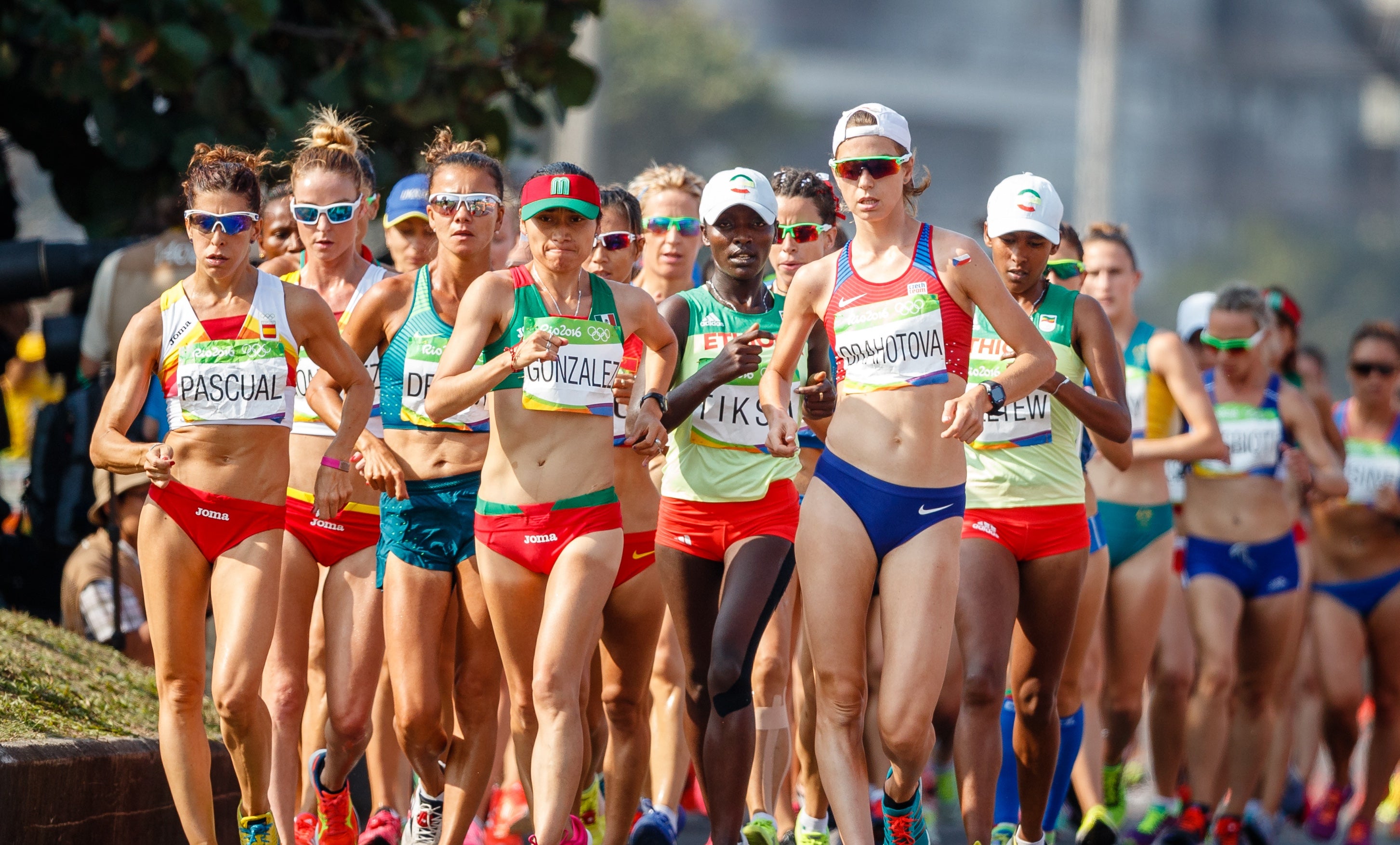
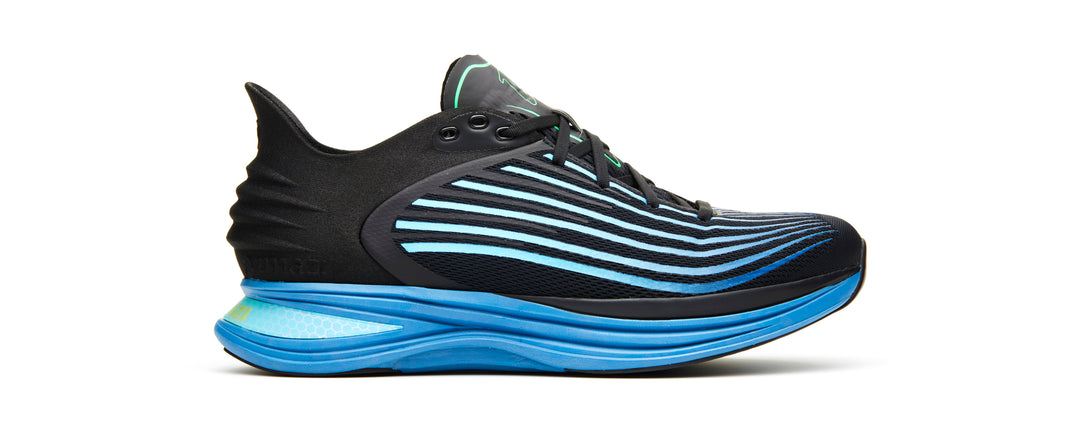
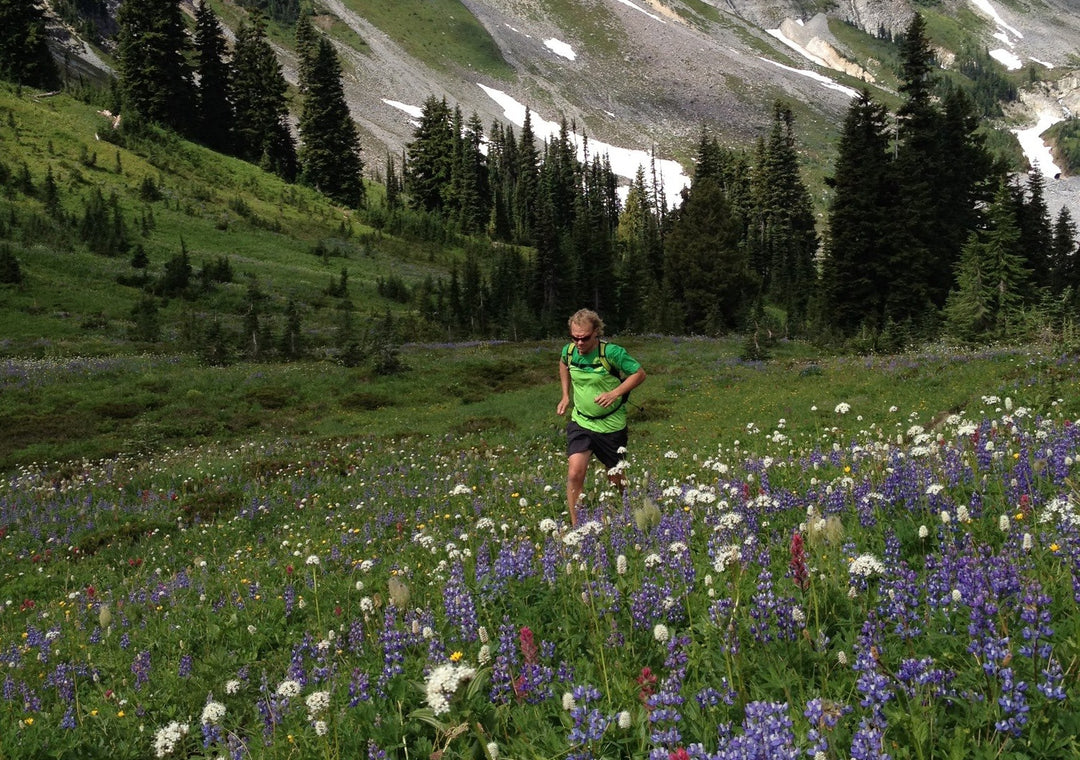
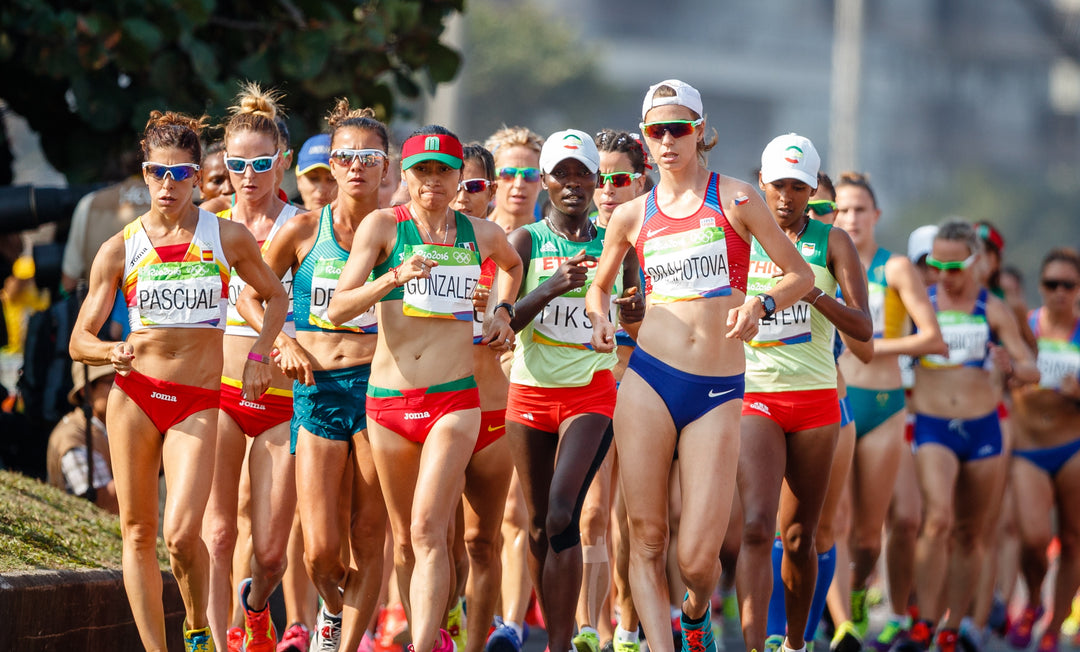
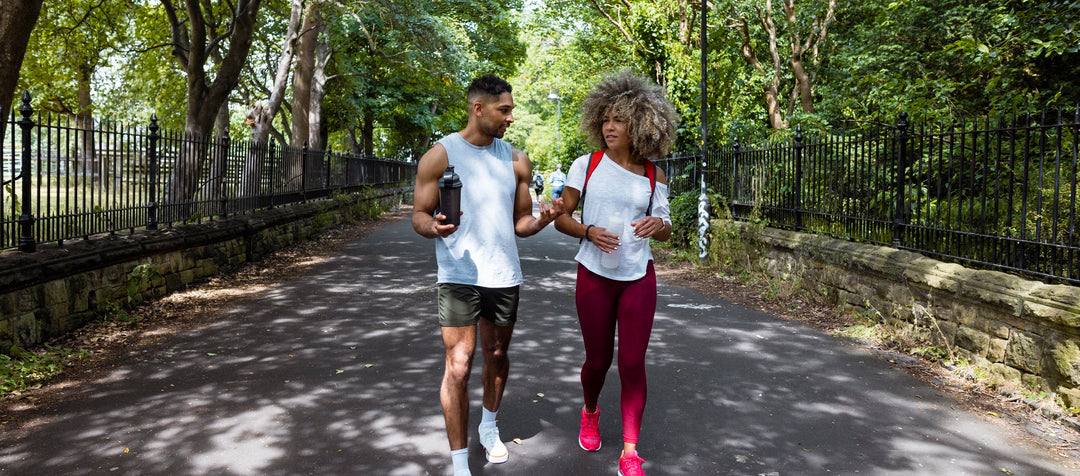
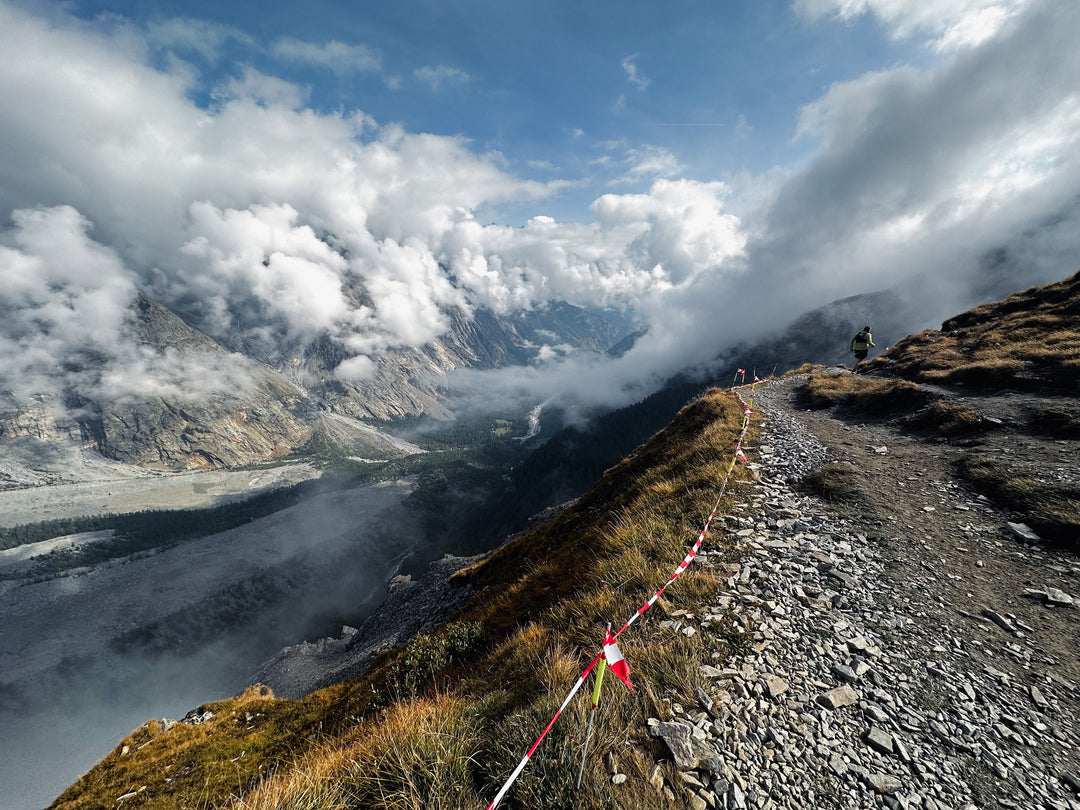

Leave a comment